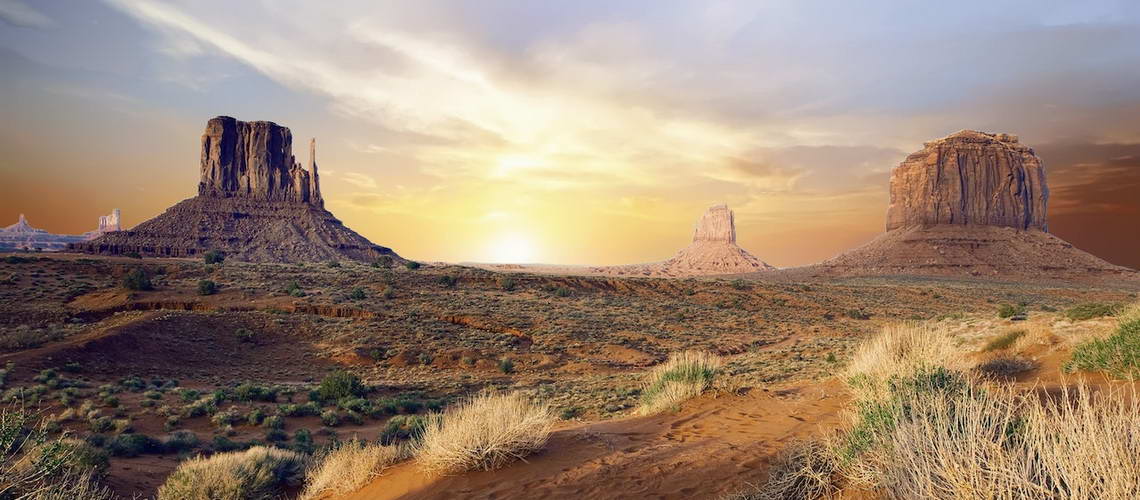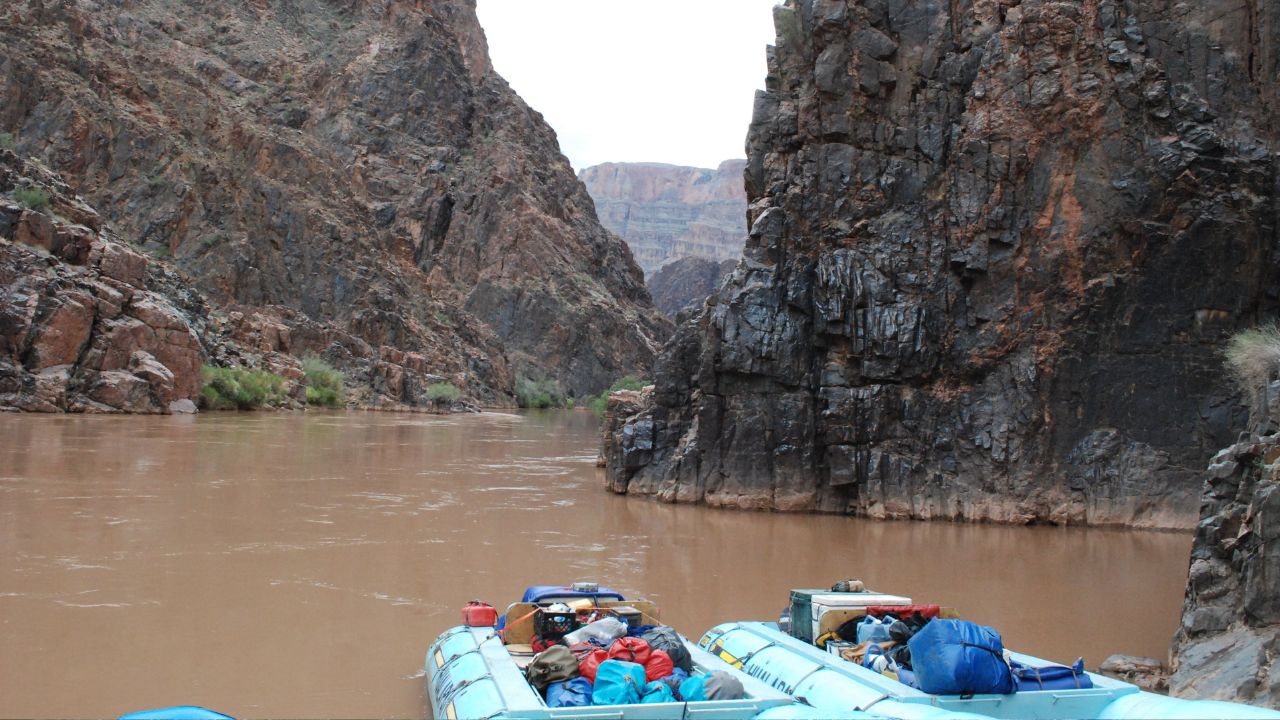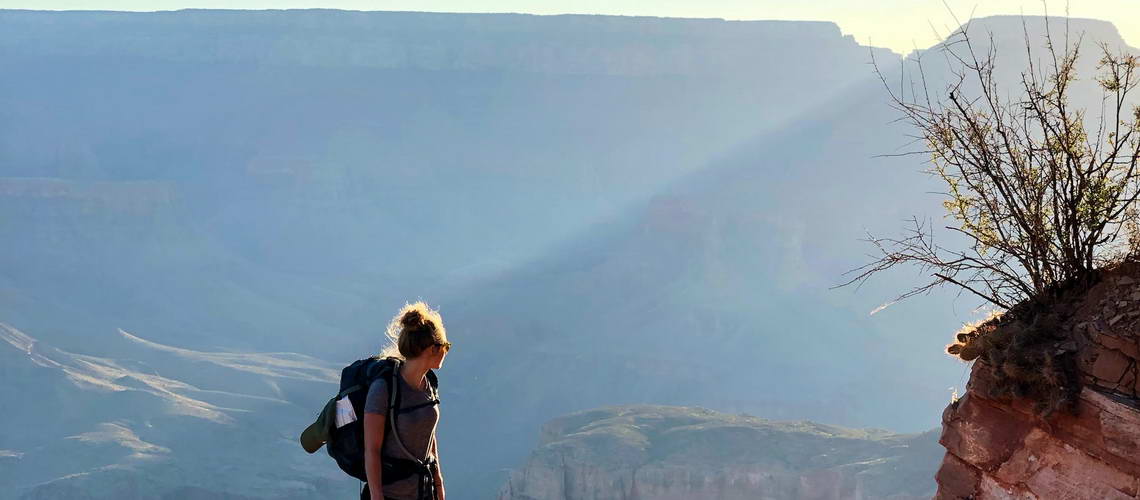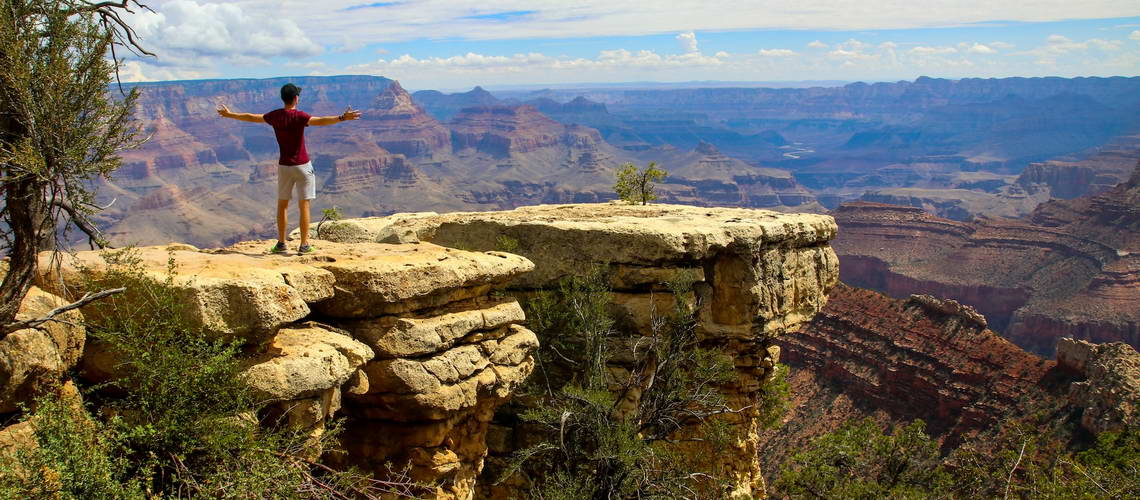Introduction
When it comes to experiencing the beauty of the outdoors, there are many different activities to choose from. Grand Canyon rafting and hiking are the most exciting ways to explore the natural world.
Hiking offers a unique opportunity to capture and look at the beautiful landscape while adding many health benefits.
Grand Canyon trip would make you enjoy the rush of the water and the rapids, the feeling of being carried along by the currents, and the sheer awe of the beautiful canyon walls towering overhead all make for an unforgettable experience. On the other hand, the Grand Canyon rafting trip provides a thrilling rafting adventure that cannot be replicated by any other means. And while it may not offer the same physical exertion as hiking, rafting demands strength, coordination, and an adventurous spirit.
Hiking and rafting in the Grand Canyon come down to personal preference and what you hope to get out of the experience. If you're a photographer, for instance, looking for breathtaking views and an intimate connection with the landscape, hiking may be the way to go. But rafting may be the perfect choice if you're seeking a thrilling adventure and a unique perspective of the beautiful Canyon. It is a great way to exercise while enjoying the thrill of whitewater rapids. On the other hand, hiking is an activity every one of all ages and abilities can enjoy. It is an excellent way to exercise, get fresh air, and spend time outdoors. A hiking trip can be from easy hiking trails, short walks, and longer hikes to more challenging mountain routes.
Whichever activity you choose, one thing is sure - exploring the Grand Canyon or hiking is an awe-inspiring and unforgettable experience that will stay with you forever.
In this article, we will compare Grand Canyon rafting vs. hiking, discuss the benefits, and outline what to expect so you can make an informed decision.
Grand Canyon Rafting
The best river trip adventure in the West and possibly the best river trip excursion in the world is a Grand Canyon rafting trip. The Colorado River begins south of the Arizona/Utah border and flows unimpeded nearly 300 miles from Glen Canyon Dam to Lake Mead.
A trip through the Grand Canyon in a Whitewater raft is a genuinely exceptional experience. Some of the most significant waves on any rafting river can be seen in the Grand Canyon rapids. The opportunity to spend two weeks floating downstream is another distinctive feature of these expeditions. But, unique aspects of the vacation would be the stunning scenery and numerous sidewalks.
Who can navigate the Canyon?
White water rafting is an exciting and healthy way to explore nature while diving deeper into the rivers' waters. The fresh mountain air, beautiful scenery, physical activity, and numerous rapids are all reasons this sport is a good form of exercise. While the adrenaline rush will be something you remember about this adventure, you will also enjoy bonding with a group of people for a fun, thrilling experience that may change your perspective on the great outdoors.
Canyon rafting trip is one of the average traveler's most "doable" bucket list experiences.
Many motorized trips allow children as young as eight years old, while oar-steered and paddling trips require children to be 10 or 12 years old,
Whole-length canyon trips on the Colorado River typically run more than 160 rapids rated from Class 1 to 10, which differs from the Class I to Class V rating typically used to classify rapids on American whitewater. Nearly 20 rapids drop 15 feet or more, with the show-stopping Lava Falls dropping 37 feet.
Items to Pack while going on Grand Canyon Rafting
- Rain Gear
We recommend bringing a rain suit, waterproof jacket, water shoes, and pants for your trip. Lees Ferry is 15 miles downstream from Glen Canyon Dam, and the water powering the dam is Rockies snowmelt, so it's cold, hovering around 50 degrees. The canyon temperatures could be near 100 degrees. It's essential to plan your trip well. On the trip, take along water shoes since most of the activities at the grand canyon rafting involve your feet getting wet; your feet also need these shoes to prevent cuts and abrasions when walking in wet, rocky environments.
- Sarong
A sarong is another must-have item on your trip, not just for women. A sarong dipped in cold river water can be draped over your legs on the raft, protecting them from the sun and cooling you down as you float along Colorado's calm stretches. On land, a sarong serves as a privacy curtain. It can also be used as a makeshift yoga mat and a light sheet at night if it's too hot to climb into your sleeping bag.
- Electrolytes
Also, consider mixing electrolytes into your water. These are minerals that contain; sodium, potassium, and magnesium; help regulate fluid levels in your body. This would give you a much-needed energy boost on hot and strenuous days.
- Carabiners
Finally, purchase high-quality carabiners to secure your water bottle and a day pack to the boat.
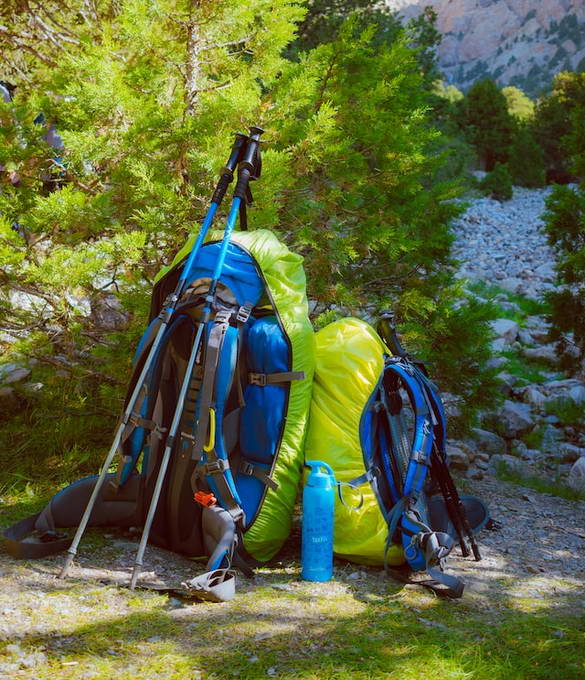
How to embark on a Journey is crucial
Plan because many Grand Canyon rafting outfitters are fully booked years in advance. Last-minute tours are always available for small groups with some schedule flexibility. You would also find multi-day rafting trip packages. Most packages also include rafting guides. You would also need to fill in pre-trip information.
When Should I Grand Canyon raft?
When is the ideal time to go on a rafting adventure on the Colorado River? This is one of the most often-asked questions. The simple response is, as soon as you can take a trip. It truly comes down to personal preference. The Grand Canyon is windier, has wildflowers, and milder temps in the spring, especially in May. Until the monsoon season begins, June and July are hot and dry, so Little Colorado is usually a brilliant, clear blue. Some people aim to arrange their visit to the Grand Canyon to coincide with July and August, when the water is at its highest.
Monsoon Season
The season begins in late July at the Grand Canyon and lasts through August. The season brings afternoon thunderstorms that lower the temperature and can create breathtaking views of dozens or hundreds of waterfalls of various hues plunging into a river. Sadly, this occasionally prevents specific hikes because of worries about lightning and flash floods. The days are shorter, dryer, and cooler in the fall. As a result, there are countless hike choices. Winter temperatures can be chilly at the bottom of the Grand Canyon, where the sun never shines on the River, but fewer people are out on the water.
Best Rafting Trip
To ensure that you get the best rafting trip, we have outlined a few suggestions that would serve as a guide
- Take Your Time to Enjoy the Atmosphere
You should take your time at the Grand Canyon; at least spend two to three weeks on the River. This would be one of the highlights of your rafting trip, and there are also options for one-, two-, three-, and four-day trips. River runners will take motorized rafts to the Grand Canyon in less time. Others hike into and out of the Grand Canyon at Phantom Ranch to complete a week-long upper or lower canyon trip. Phantom Ranch is a historic oasis at the base of the Grand Canyon. Phantom Ranch is located on the north bank of the Colorado River, next to Bright Angel Creek.
- Choosing the Best Boat for Your Grand Canyon Rafting Trip
If you're considering a commercial trip, the most crucial decision will be which type of boat to take on river trips. Handcrafted dories (shallow-draft wooden boats), oar-powered rafts, paddle-steered rafts, and sizeable motorized pontoon rafts are used for commercial expeditions. There are also motorized boats/motorized rafts. Some prefer Non-motorized trips for more adventure. Non-motorized trips take longer to complete because they travel at a slower rate of 4 MPH downstream.
Health Benefits of Grand Canyon Rafting
- Enhances Teamwork and Family Bonding
White water rafting with teammates is an excellent way to form long-lasting bonds and fulfilling relationships. Throughout the trip, families must remain disconnected from smartphones and digital life. Instead, they focus on helping one another and overcoming the rapids, which strengthens the family bond. A river rafting trip also promotes team building, which every company looks for in their employees. As they face the River together, team members get to know each other and their strengths and weaknesses. Going on a team trip fosters more profound and more fulfilling relationships.
You could compare Grand Canyon Rafting to a physiological journey because you end up secluding yourself outdoors, far away from the stresses of modern life. You tend to blend in with your teammates. Your minds work together to overcome the many obstacles that rafting presents through hard work, dedication, focus, and teamwork.
- Increases strength
A rafting trip is physically demanding because you must paddle through the water with your upper body. It strengthens your back, shoulders, arms, core, and thinking abilities. And because rafters will be paddling for long periods on a trip, they must be physically fit. White water rafting excursions on the River last between 90 minutes and two hours and provide a full-body cardio workout. Cardio exercise burns fat and calories while increasing lung size and heart muscle mass. Paddling also increases lung capacity and strengthens the heart and lungs, allowing you to burn more calories. Participating in Grand Canyon Rafting trips can quickly burn more than 800 calories per day. It causes an adrenaline rush and improves mood.
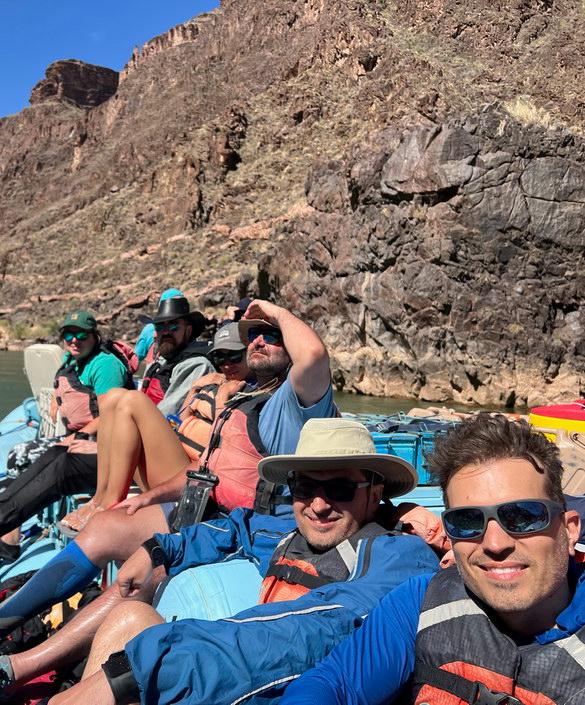
- Improves Sleep Quality
The thrill of navigating the water, with all its turns and rapids, increases your adrenaline levels. It also allows you to concentrate on the enjoyable aspects of the activity rather than the heavier addling. The scenic locations also satisfy your thirst for adventure by instilling a positive attitude toward nature exploration. The outdoor adventure keeps rafters out in the sun for an extended period, improving your mood. Sunlight exposes you to Vitamin D, an essential nutrient. According to studies, just 150 minutes of sunlight per day is enough to reduce the effects of depression. So imagine how good 2 hours of whitewater rafting in nature will be for your mental health!
Vitamin D is essential for many bodily processes, including calcium regulation, swelling reduction, glucose metabolism, and bone strength. Vitamin D also improves sleep, and a good night's sleep refreshes your mind. You find it easier to connect what you learn throughout the day, which increases your intelligence. Furthermore, sleeping allows your brain to balance the hormones and chemicals that affect your mood and mental activities.
- Stress reduction
Cortisol, the body's primary stress hormone, is reduced by white water rafting. Many studies show that reducing stress can improve brain function, increase energy, and lower body irritability. Being outside in the fresh air has been scientifically proven to improve your mental health and stress levels far more than any indoor activity. The endorphins released reduce not only stress but also improve concentration. You gain confidence in your ability to solve any problems that arise. Furthermore, the physical activity of whitewater rafting stimulates the growth of new brain cells, which aids in reducing the signs of aging.
- Increases confidence and self-esteem
Whitewater river rafting trips boost your confidence by giving you a sense of accomplishment. You must stop thinking about anything else and focus solely on overcoming the intimidating water waves and rafting. At first, taming the terrifying rapids appeared to be a Herculean task. However, when you finish it, you will feel accomplished, which boosts your self-esteem. It gives you the confidence to face other challenges that life throws at you.
Grand Canyon Rafting Companies
Grand Canyon Rafting Companies are classified into two types. The first of the two rafting companies is the 16 commercial rafting trip outfitters, which provide guides and equipment to take people down the Colorado River through the Grand Canyon. The second category comprises the five Grand Canyon private raft trip outfitters and non-commercial trip support companies. These businesses provide food and equipment to groups who have won a private permit and intend to row the River themselves.
Grand Canyon Hiking
Hiking is among the world's most popular outdoor activities, enjoyed by people of all skill levels. It entails walking on trails in natural settings, usually along hills or through forests.
Hiking can range from a half-hour stroll through a national park to a 6-day backpacking trip. One of the best aspects of hiking is that there are trails for people of all skill levels. Trails can be short and flat or long and complex; they can travel through cities, forests, deserts, or mountains. A moderate hike in the nearby hills is also possible.
What do you bring along on Hike trips?
A backpack, hiking shoes, weather-appropriate clothing, food for delicious meals, water, a map, a compass, and a First-aid kit.
The Grand Canyon Hiking
- Grand Canyon National Park
The Grand Canyon national park is divided into two sections: the South rim and North Rim, separated by a 200-mile, four-hour drive. There are also vista points and activities available at Grand Canyon West and East, located outside the national park boundaries.
The Grand Canyon, 18 miles long and more than 6,000 feet deep, represents 2 billion years of geology along the Colorado River.
Hike down into the Canyon lets you get up close and personal with the red, rust, rose, white, and burnt orange rock sequences.
The dry air of Arizona preserves these colorful rocks well. This would further interest you to hike.
You'll see layer upon layer of what geologists consider some of the world's most complete geologic columns.
The Grand Canyon can be reached from either the North or South Rims.
Because the Colorado River cuts through the Kaibab Plateau, trails on both sides are relatively flat on the rims.
The trails that descend into the Canyon are much more difficult.
Check the weather and conditions before setting to hike.
The temperature in the Canyon varies depending on elevation and season. The entire Canyon at the bottom along the Colorado River can be 30° warmer than the rim. In the summer, the Canyon at the Inner Canyon regularly exceeds 100 degrees Fahrenheit. We would advise beginning with a hike into the Canyon at sunrise or pre-dawn, carrying electrolytes and more water than I think I'll need (the park recommends having at least a gallon per person per hike).
Sun protection, such as sunglasses, a sun hat, and sunscreen. Sun protection is so essential. In the winter and early spring, snow and ice are common. If you visit at that time of year, check with rangers first to ensure your trails are safe to travel.
Grand Canyon hiking tips
A hat, sunscreen, and plenty of water aren't just for the summer. Even in the shoulder seasons, the sun is lethal, especially on the more exposed rim sections, so don't take it lightly.
Book your hike as soon as possible. Many of the Canyon's trails are subject to a highly competitive ticket lottery system. If you plan, getting a spot on popular multi-day treks like the Grand Canyon rim-to-rim hike is easier.
Top 3 Best Hikes on the Grand Canyon's South Rim
1: Cedar Ridge to South Kaibab Trail
The South Kaibab Trail to Cedar Ridge offers 360-degree views of the North and South Rim and the quickest access to the canyon interior. This trail takes you through much of the geology of the Canyon in less than a mile. All around you have painted layers of towering cliffs. The South Kaibab Trail, one of the best in the park, is a comprehensive, well-maintained, and well-signposted path that runs from the rim to the Colorado River. I like how it feels more remote than the Bright Angel Trail and has fewer people.
2: Rim Trail - Time Trail
The Trail of Time is a new beginner-friendly Grand Canyon National Park hike. Hikers can experience the Grand Canyon's many layers without descending into it. Instead, samples of deep-canyon rocks have been brought up to the rim and labeled with interpretive signs. These rock specimens were excavated from the park's more than 70 geologic layers and brought to the trail for easy viewing.
3: The Cape Royal Trail leads to Cape Royal
Given the quality of the views and the ease of access, the trailhead is so beautiful that it's a popular location for weddings (permit required).
Benefits of Hiking
- It alleviates anxiety and depression
Clear blue skies, blooming flowers, squirrels frolicking among the trees — being in nature is an excellent way to boost your happiness naturally.
- Enhances sleep
A hike may be beneficial if you struggle to get a good night's sleep. Vitamin D can help you control your sleep-wake cycle.
- Strong muscles and bones
There's no denying that exercise affects your body's bone density, according to research. You're also slowing the rate at which your body loses calcium, essential for strong bones.
Conclusion
In this article, we have compared rafting vs. hiking. It is a difficult choice to pick from because Grand Canyon rafting and hiking are great, whether for families or friends. It is necessary to put into consideration the climate. Most people would prefer rafting during hot temperatures to hiking. You can undoubtedly do hikes and Canyon rafting. Whatever you choose, hiking or Canyon rafting, you will have a great time.


